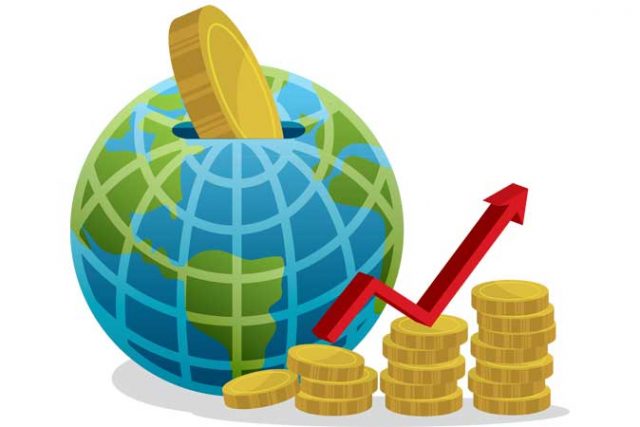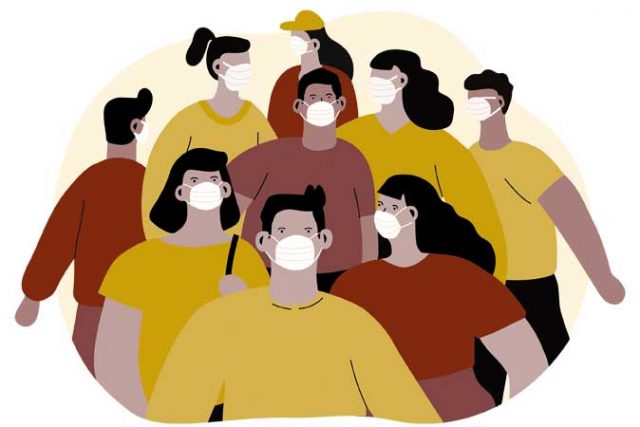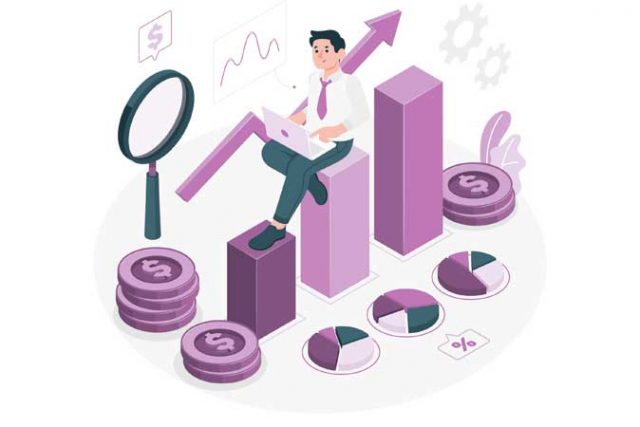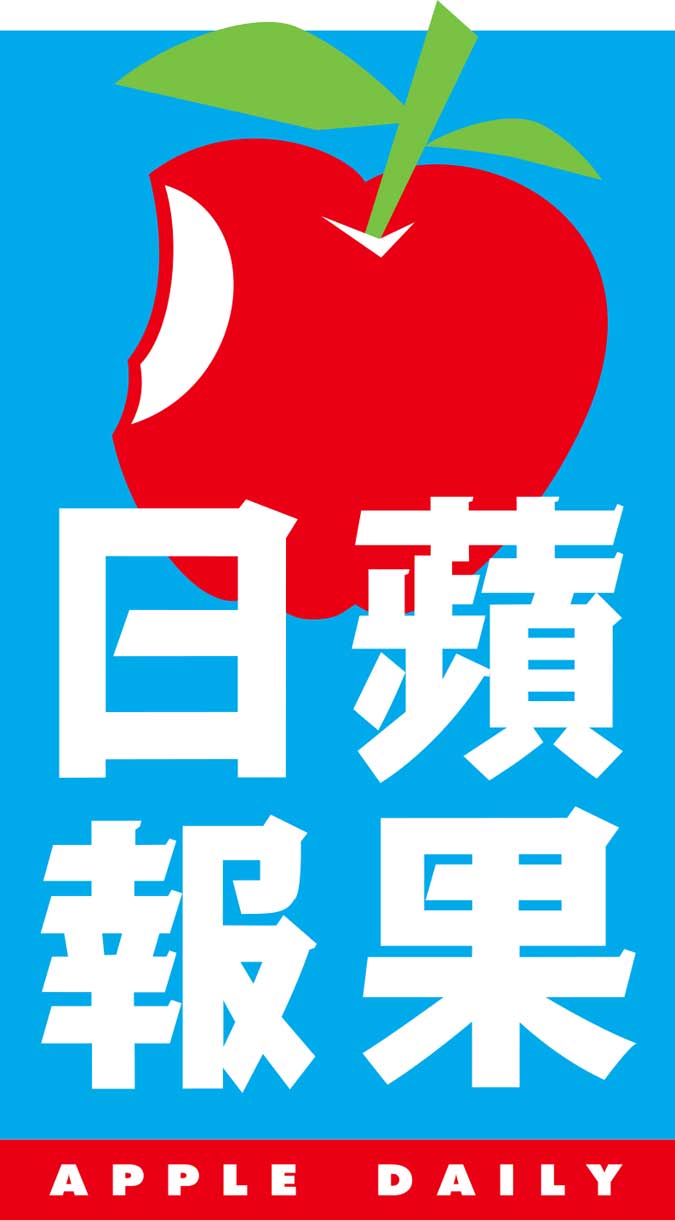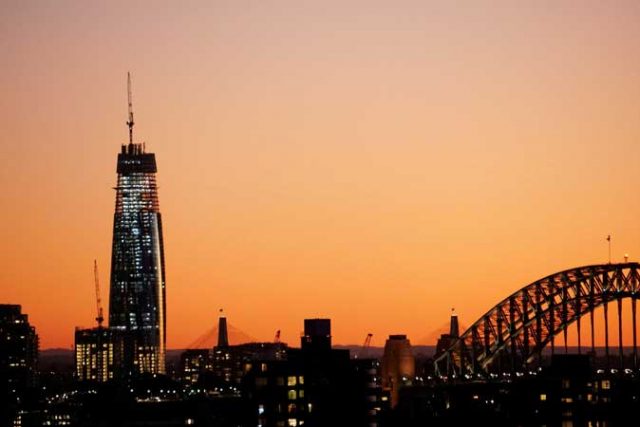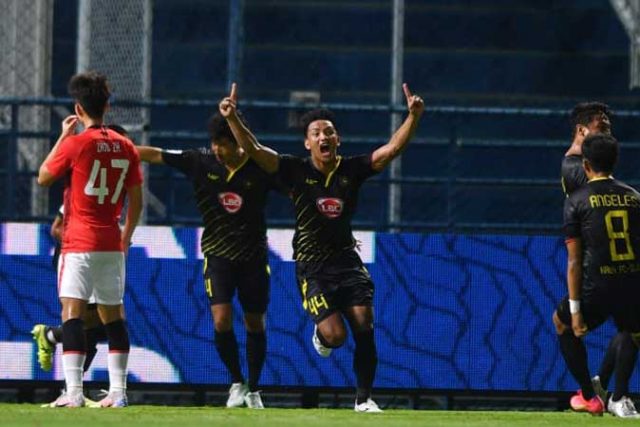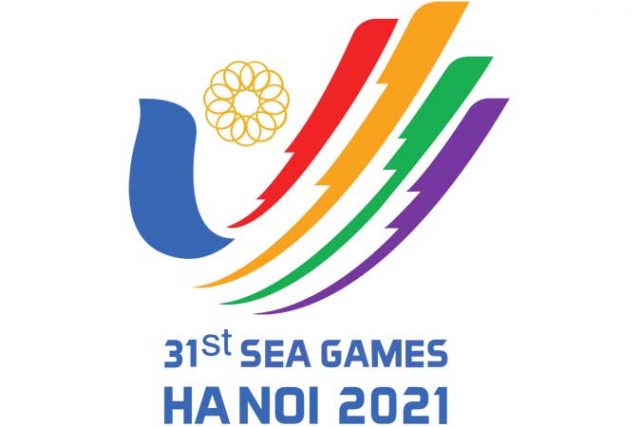A brave face
There was some convergence between market expectations of steady monetary policy on the part of the Bangko Sentral ng Pilipinas (BSP) and its two recent pronouncements.
Before the weekend, BSP Governor Ben Diokno was quoted saying “the BSP will continue to focus on keeping its monetary policy stance supportive of the government’s initiatives to address the effects of the pandemic, for as long as necessary, until the economic recovery gets underway.” This is a fair comment considering that the US Federal Reserve Board issued some forward guidance that it could accommodate its current policy settings until 2023. This will also help the BSP keep domestic liquidity in dizzying quantity amounting to P2.2 trillion or 12% of GDP.
Two days ago, the BSP was again reported declaring that “the Fed rate hikes are seven quarters away. The Philippine government should continue with its game-changing Build, Build, Build program and its structural reforms pending in Congress.” The monetary authorities discount the possible threat of an early monetary normalization in the US.
The BSP therefore believes that the required interest rate adjustment could wait. After all, the Philippine macroeconomy has sound fundamentals and a “Fed rate hike in 2023 is less of a threat to the Philippine economy compared to other developing and emerging economies.”
The BSP could not have put on a braver face.
Market analysts, being generally backward-looking, took the hint and 14 out of 16 analysts polled projected the BSP would keep its policy rate steady. One outlier indicated a possible easing by 25 basis points even as the current policy rate is already below the 4.4% actual average inflation rate for the first five months.
The other outlier expected tightening by 25 basis points. As if a rebuke, one among the herd issued an incredible warning that “a calibration of rate settings at this point would derail the very fragile recovery and only delay the economy’s bounce back.” He must have an incurable faith in the signaling effect of a thin slice of a rate adjustment.
But some research outfits would rather place the year of normalization in the US as early as next year. Fitch Solutions Country Risk and Industry Research, for instance, expects the Monetary Board to be more preemptive by jacking up interest rate by as much as 50 basis points next year. Fitch believes in the possible recovery of the Philippine economy next year and unless some compensatory increases in its policy rate are done, the BSP might see some insipient depreciation pressures against the peso. But it is also seeing signs of pandemic resurgence due to the sluggish rollout of the vaccines. From a forecasting standpoint, it makes sense to be more conservative and assume that risks would appear earlier than would normally be expected.
If we are to give credence to the latest pronouncement of US Fed Chairman Jerome Powell, his hint of a future monetary policy stance is actually ambiguous. Bloomberg reported him saying, “the price increases seen in the economy recently are bigger than expected but reiterated that they will likely wane.”
The large size should call for a more progressive and preemptive move, but the short duration calls for a steady hand.
Local market analysts should be more careful in appreciating Powell. He covered his tracks by acknowledging the uncertainty around the view that the price pressure accompanying economic recovery could be short-lived. The Fed Chairman was also quick to say “they may turn out to be more persistent than we expected.” This means those large inflationary pressures might not be transitory. The flip side is that the US, after successfully overcoming the pandemic challenge, could already open up international travel and the macroeconomy. US economic recovery could be stronger than originally believed.
What seems to be the emerging view on the timing of policy rate normalization?
Fed officials seem to be divided.
US Fed quarterly projections show 13 of 18 officials were in favor of at least one rate increase by end-2023 versus seven in March. This is exactly the inclination of the BSP and most market analysts. However, some 11 officials place the tightening twice before the end of 2023. But one should not dismiss the view of seven members seeing some normalization as early as next year. But the prospective US Fed action is only one of the balls in the air.
President Biden’s decisive approach to pandemic management might just be the tipping point. The American Rescue Plan allocated $1.844 trillion or 8.8% of GDP, focused on providing public health response and time-bound assistance to families, communities and businesses. Unemployment benefits have been extended, direct aid supported local governments and funded school reopening. Various facilities were also introduced to support credit flow to key business sectors.
With confidence in the US economy seemingly restored, and the vaccines rolled out in a big way, the recovery in the world’s biggest economy should be forthcoming.
We believe this is the upside risk to inflation pressure both in size and duration. This could also be the US Fed’s uncertainty surrounding their forecasts.
The wild card is China. CNBC recently reported that authorities in the southern Chinese province of Guangdong launched massive testing and tracing for those possibly infected with the latest Delta COVID-19 variant. Guangdong is the most populous province of China.
Chinese authorities immediately locked down certain parts of the provincial capital of Guangzhou, 24-hour checkpoints were set up. In 10 days from the last week of May, 16 million tests were completed and the needs of the areas quarantined were reportedly served by China’s driverless cars under various umbrellas like WeRide and Pony.ai.
China is a wild card of sort because the imposition of a lockdown could affect industrial production and global transport. While the cases pale in comparison against past records in China and in the world, Guangzhou is an industrial city. In Shenzhen, they host one of China’s busiest container ports, the Yantian International Container Terminal. On top of that, the Shenzhen International Airport was closed and a large number of flights were cancelled. Normalization is expected only by the end of June.
While China faced 2021 from a position of strength, as shown in the last Article IV consultation with China, the challenge of uneven and imbalanced growth process could not be ignored. Private demand is yet to fully recover as the economy has been reliant mainly on public support.
If both the US and China steam ahead, and Japan continues to be driven by fiscal stimulus at home and abroad, the stage is set for a stronger global economic recovery. Europe itself appears on the way to stronger growth. The European Commission issued its spring forecast for a 4.2% expansion this year and 4.4% next year.
These writings on the walls are supported by the ability to manage the health pandemic by sustained observance of health protocols and massive administration of vaccines across age groups and localities.
This prospect is also consistent with the latest forecasts of the IMF’s World Economic Outlook for the global economy. For 2021 and 2022, growth forecasts are 6% and 4.4%, respectively, which are both marginally higher than the previous forecasts in October 2020.
Unfortunately, the IMF downgraded the Philippines real GDP projection from 6.9% to only 5.4%, lower than the official target of 6-7% in 2021.
It should not be difficult for the Monetary Board to decide. It has been capable of abstracting from all possible scenarios in hundreds of pages of facts. Like Powell, the Monetary Board could always say there are substantial uncertainties surrounding the forecasts, the global economy continues to recover from both the pandemic and the deep recession, price pressures are mounting but the duration is yet to be ascertained.
All up, it is best to wait for more data and with lower growth prospect, keep the policy rate steady. But saying the US Fed rate hike is not a threat to the Philippines is really putting on a brave face. Sooner or later, it will push the monetary lever at home, to the direction of normalization.
Time will find us out.
Diwa C. Guinigundo is the former Deputy Governor for the Monetary and Economics Sector, the Bangko Sentral ng Pilipinas (BSP). He served the BSP for 41 years. In 2001-2003, he was Alternate Executive Director at the International Monetary Fund in Washington, DC. He is the senior pastor of the Fullness of Christ International Ministries in Mandaluyong.

